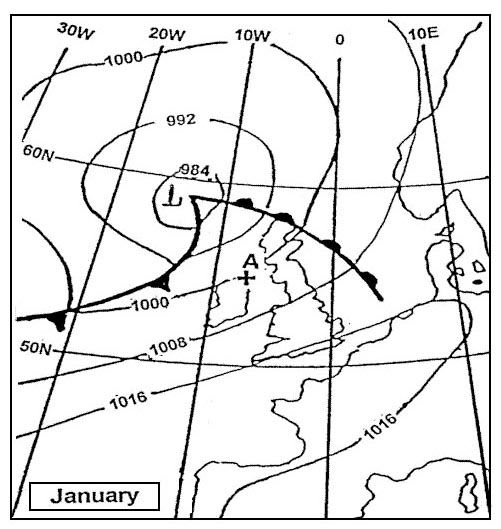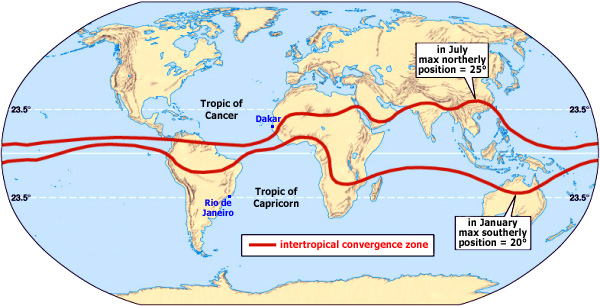Question 201-1 : During day time the range of an ndb depends on ? [ Exam pilot ]
The power output and the nature of the earth’s surface over which the ground wave travels

Question 201-2 : Which statement is true about the use of the doppler effect in a doppler vor ?
The doppler effect is used to create a signal which is received by the aircraft’s vor receiver as a frequency modulated signal
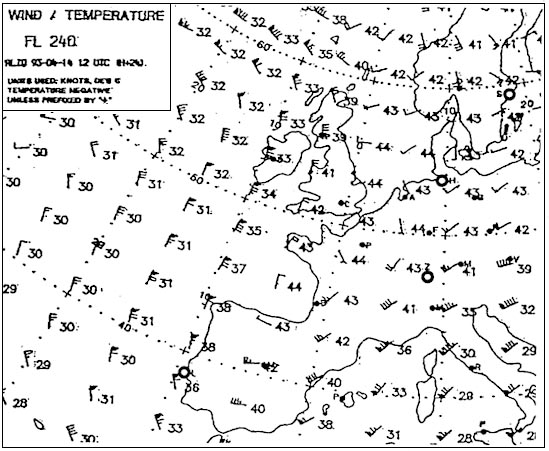
Question 201-3 : An aircraft is flying on a heading of 270° m the vor obs is also set to 270° with the full left deflection and from flag displayed in which sector is the aircraft from the vor ground station ?
Nw
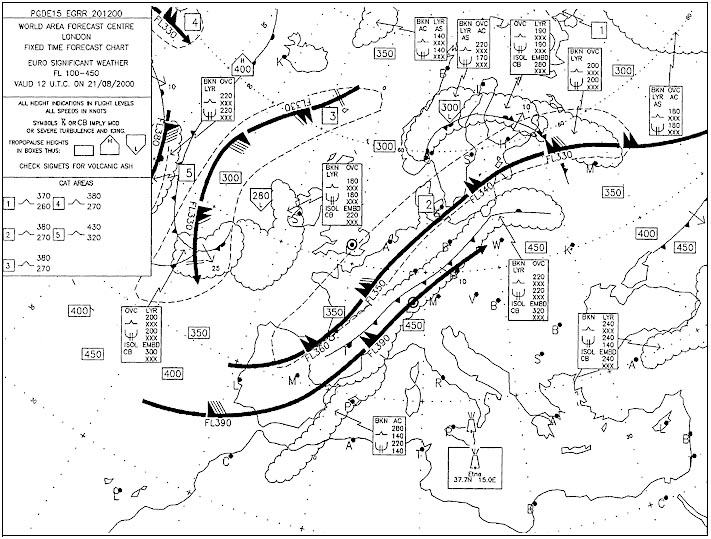
Question 201-4 : An aircraft is flying a heading of 245° towards a vor at fl300 the hsi displays a 'selected course' of 255° with a to indication the variation at the vor is 15°e variation at the aircraft position is 16°e and the deviation is +1° .when the pilot keeps the cdi on the left inner dot on a display ?
The vor will be approached along radial 070
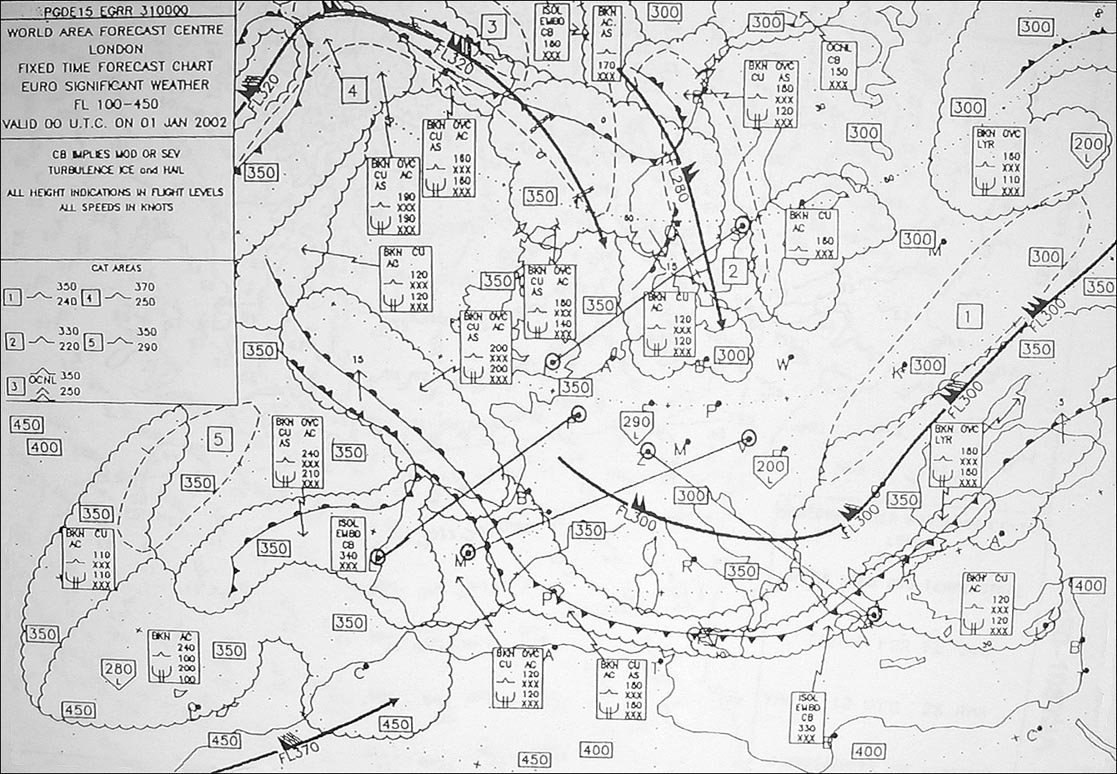
Question 201-5 : Your aircraft is heading 075° m the obs is set to 025° the vor indications are 'to' with the needle showing right deflection relative to the station you are situated in a quadrant defined by the radials ?
205° and 295°
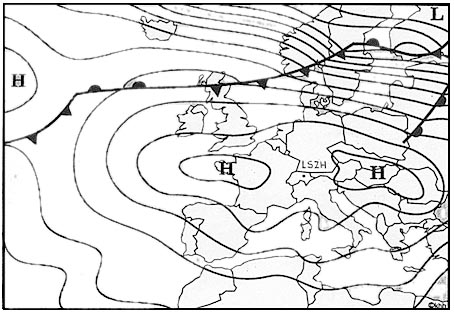
Question 201-6 : The obs is set on 048° to appears in the window the needle is close to full right deflection the vor radial is approximately ?
238°
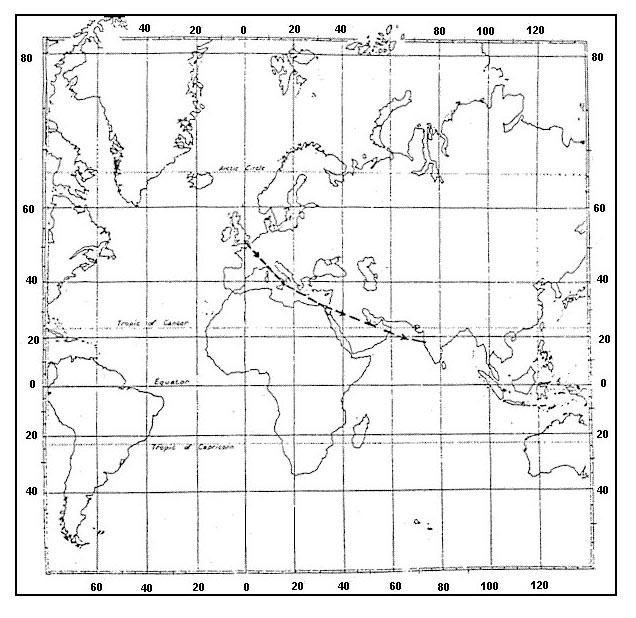
Question 201-7 : Given the following information where does the hsi course deviation bar appear .heading 160° . .vor radial 240° . .selected course 250° ?
Behind the aeroplane symbol with the from flag showing
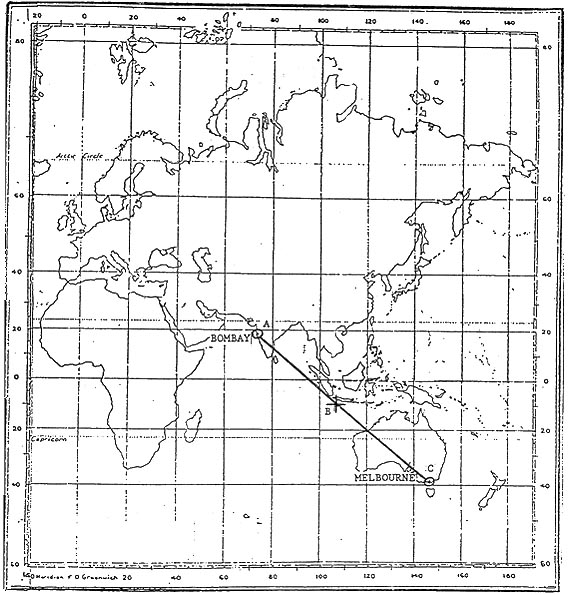
Question 201-8 : An aircraft is situated at 30°n 005°e with a magnetic variation of 10°w a vor is located at 30°n 013°e with a magnetic variation of 15°w the aircraft is situated on the vor radial ?
287°
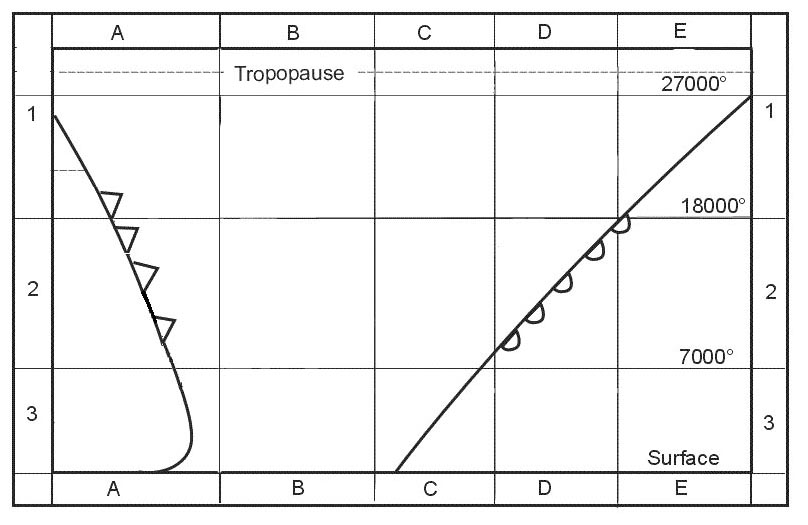
Question 201-9 : The captain of an aircraft flying at fl100 wishes to obtain weather information at the destination airfield 0 ft msl from the airfields vor assuming isa conditions what is the approximate maximum theoretical range at which it can be expected to obtain this information ?
125 nm
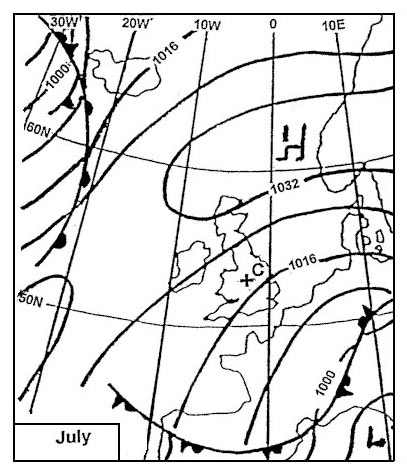
Question 201-10 : The effect of masking the dme antenna of the aircraft from the ground installation is a potential interruption of the signal which may result in… ?
The airborne installation switching to the memory mode for about 10 to 15 seconds
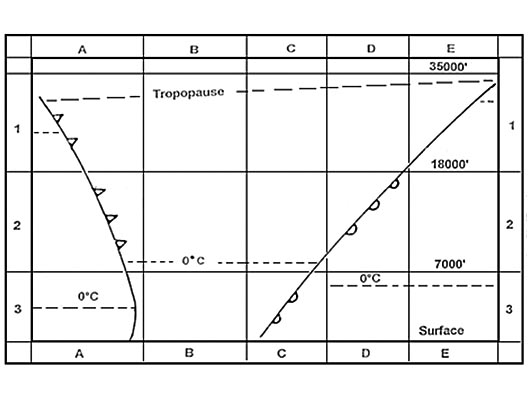
Question 201-11 : What approximate rate of descent is required in order to maintain a 3° glide path at a groundspeed of 120 kts ?
600 ft/min
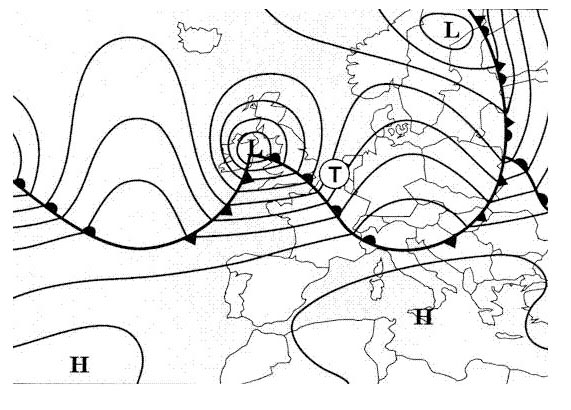
Question 201-12 : What approximate rate of descent is required in order to maintain a 3° glide path at a ground speed of 90 kts ?
450 ft/min
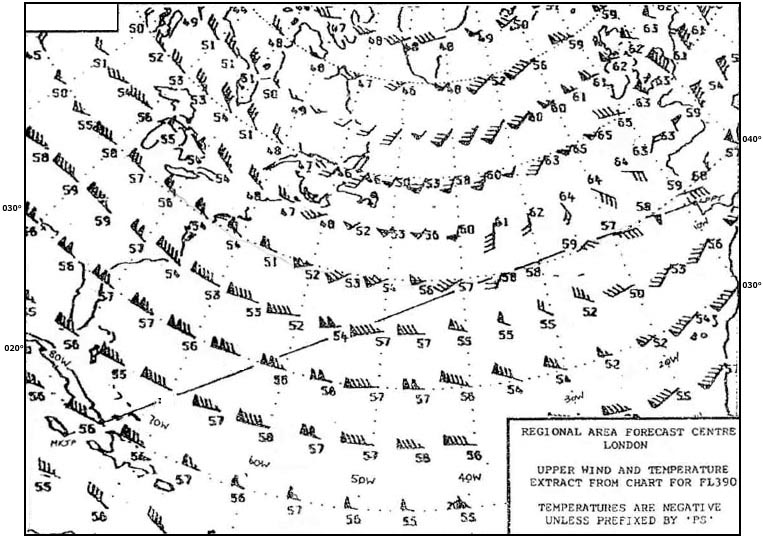
Question 201-13 : Assuming a five dot display on either side of the ils localiser cockpit display what is the angular displacement of the aircraft from the localiser centreline when the cdi is deflected 2 dots to the right ?
1° to the left
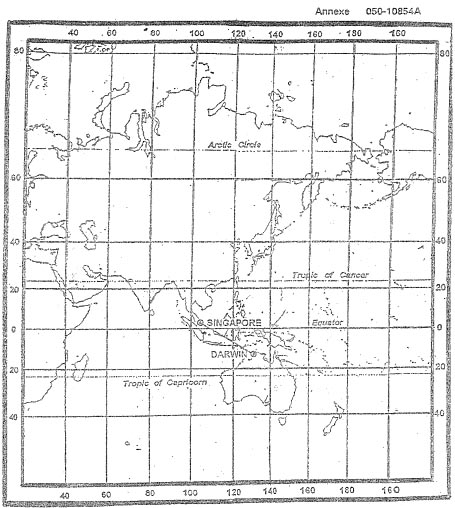
Question 201-14 : Every 10 kt decrease in groundspeed on a 3° ils glide path will require ?
A decrease in the aircraft’s rate of descent of approximately 50 ft/min
Question 201-15 : If a failed rmi rose is stuck on 090° and the adf pointer indicates 225° the relative bearing to the station will be ?
135°
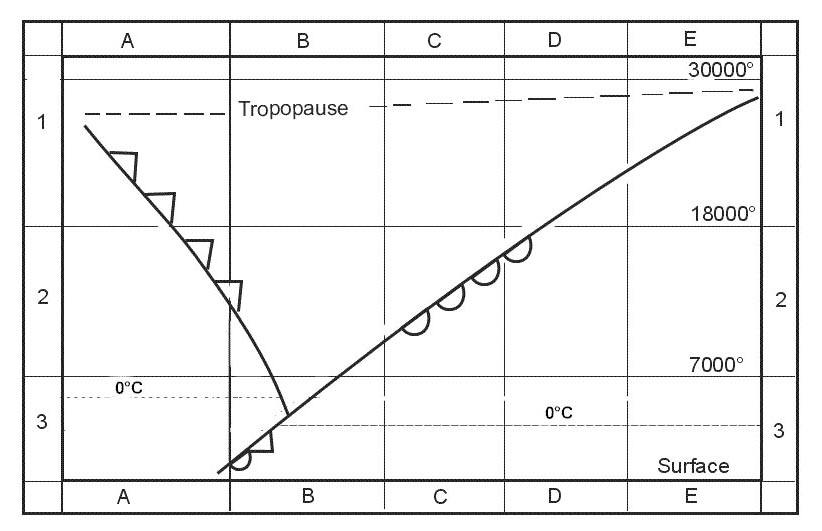
Question 201-16 : Flying over a dme station at 36 000 ft what will be indicated on the dme ?
6 nm
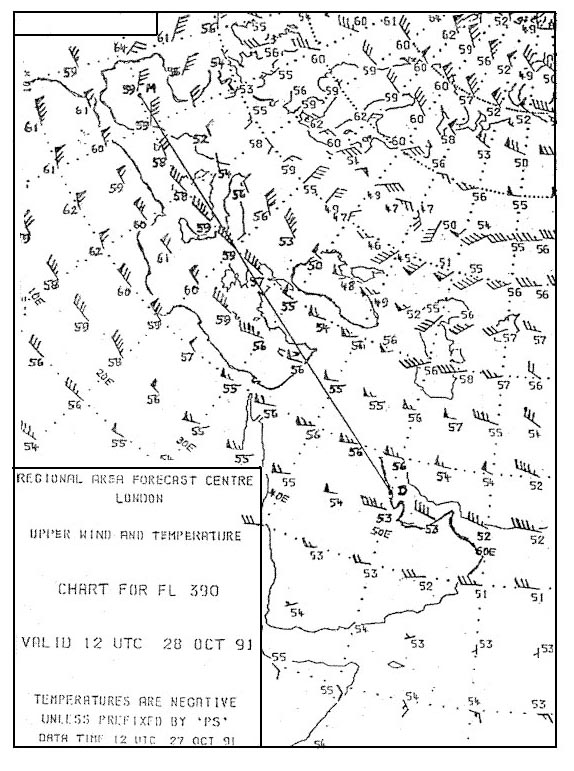
Question 201-17 : Quadrantal errors associated with aircraft automatic direction finding adf equipment are caused by ?
Signal bending by the aircraft metallic surfaces
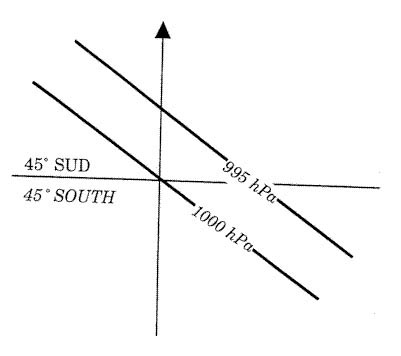
Question 201-18 : The indication of a 'from / to' indicator of a cdi will shift from 'to / from' and vice versa when the value difference between the selected course and the measured radial passes in either direction ?
090°
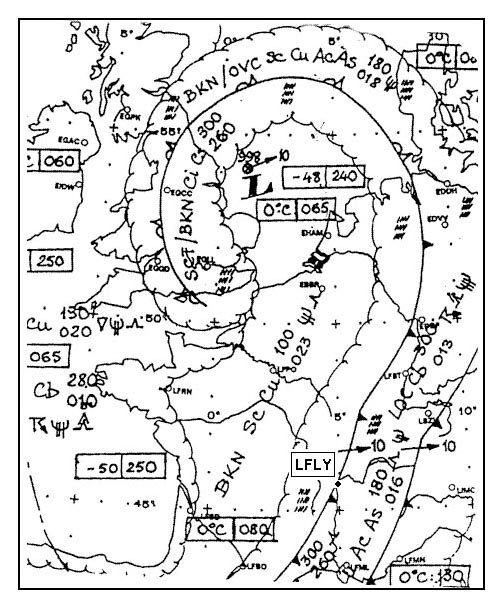
Question 201-19 : The bfo selection will ?
Make the carrier wave audible

Question 201-20 : What leads to the highest interference for an adf ?
Interference during the night
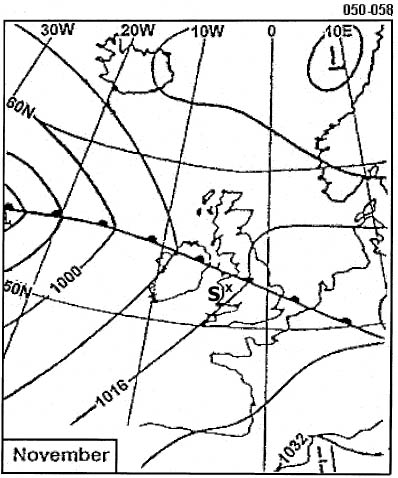
Question 201-21 : When considering the workings of a co located vor/dme station the dme has ?
Same ident different tone
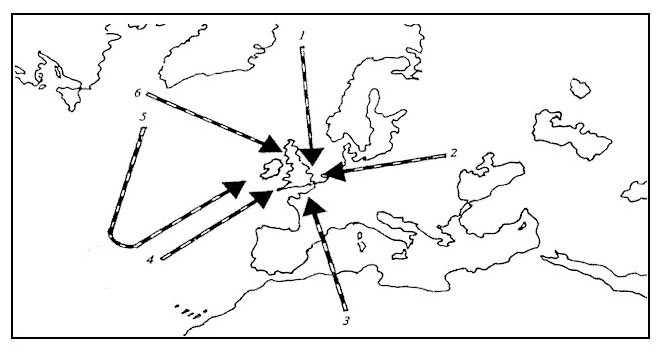
Question 201-22 : Which one of the following has a limited range ?
Tvor
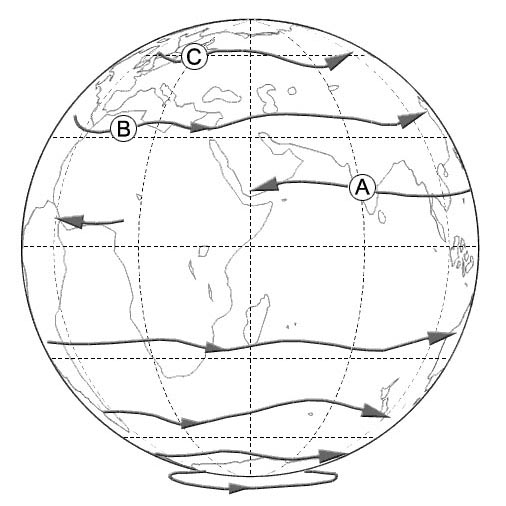
Question 201-23 : What is the main difference between cat iiia and cat iiib ?
Both allows a 'no decision height' dh but require different rvrs
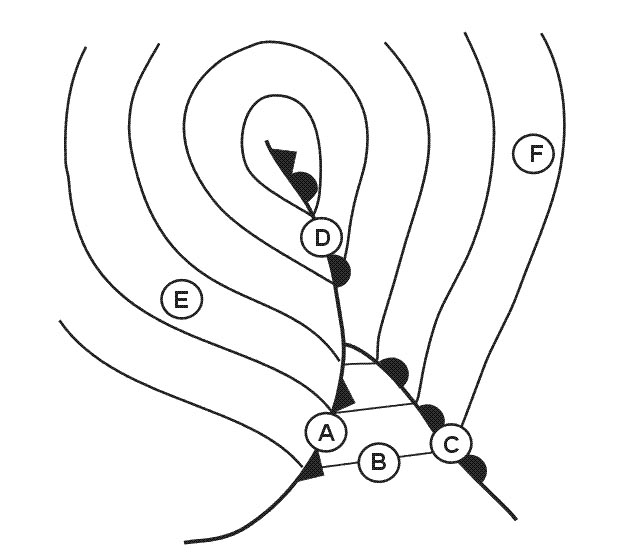
Question 201-24 : An error that reduces the bearing accuracy on the adf when the aeroplane is not wings level is known as ?
Dip error
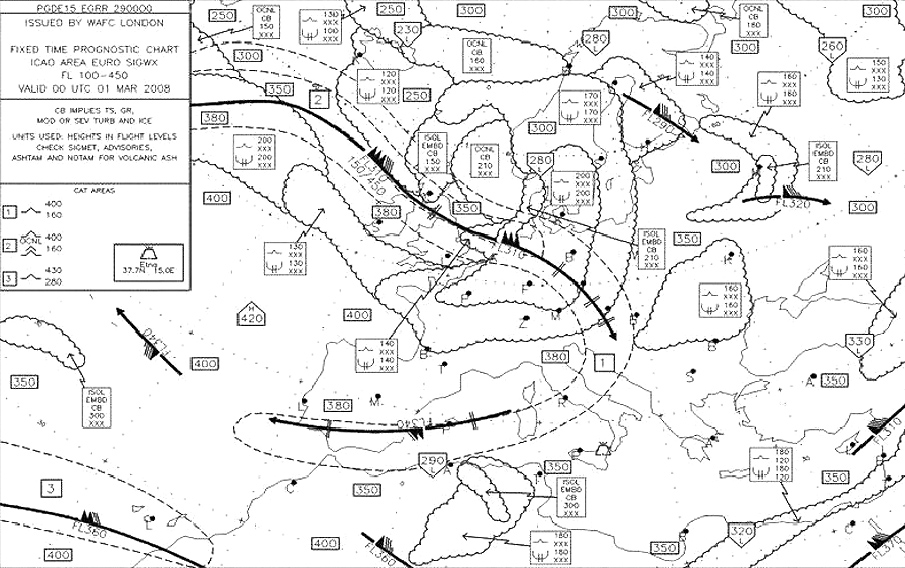
Question 201-25 : The reading of the rmi bearing is 300° at the tip of the needle the magnetic variation at the dr position is 22°w the magnetic variation at the ndb is 24°w and the deviation is 2° the compass heading is 020° the true bearing is… ?
276°
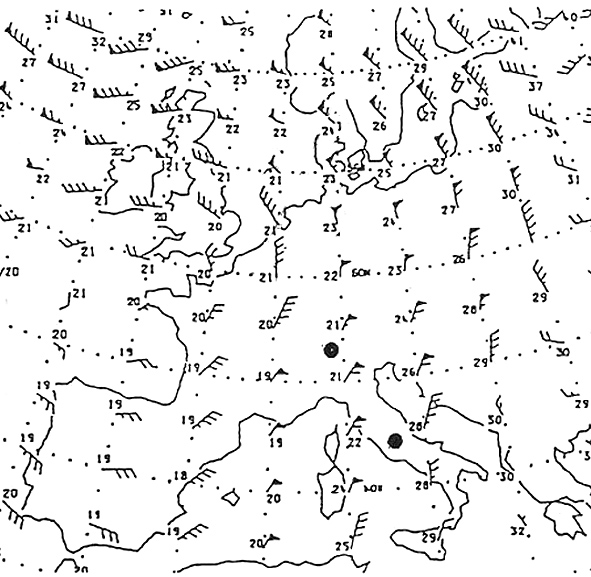
Question 201-26 : The approximate angular coverage of reliable navigation information for a 3° ils glide path out to a distance of 10 nm is ?
1 35° above the horizontal to 5 25° above the horizontal and 8° each side of the localiser centreline
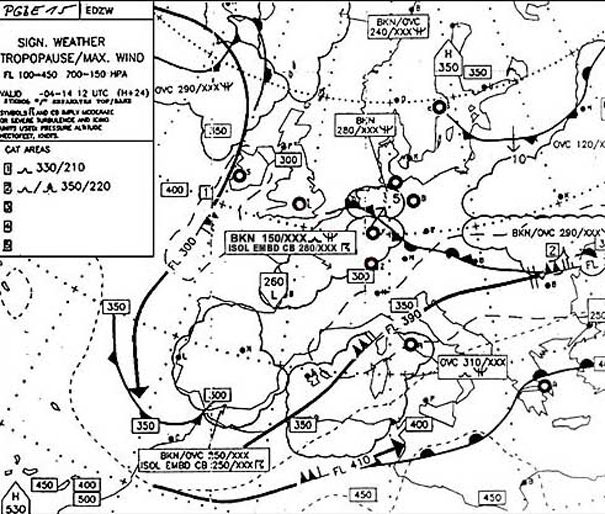
Question 201-27 : What is the minimum equipment for mls segmented and curved approaches ?
Dme/p
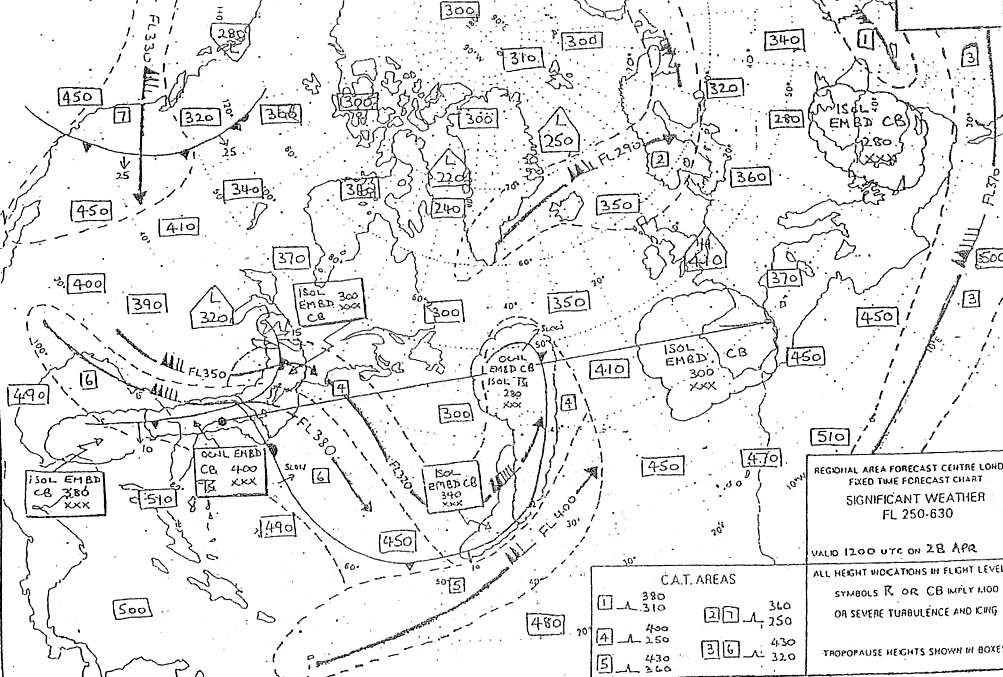
Question 201-28 : Which of the following statements about the mls is correct ?
It operates on one of 200 channels in the band 5 03 ghz to 5 09 ghz shf
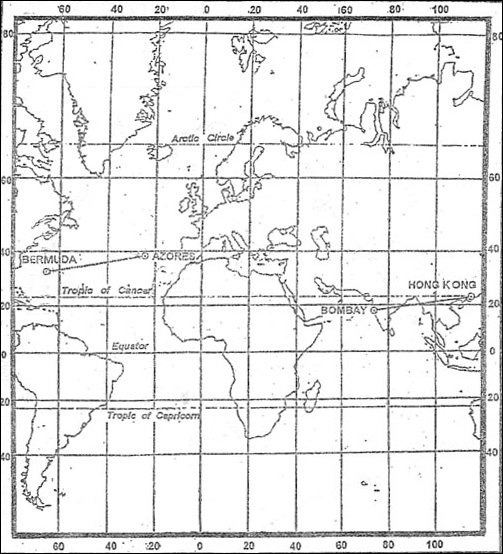
Question 201-29 : The output data given by a basic vor/dme based area navigation system when tracking inbound to a phantom waypoint enroute mode is ?
Cross track distance and distance to go
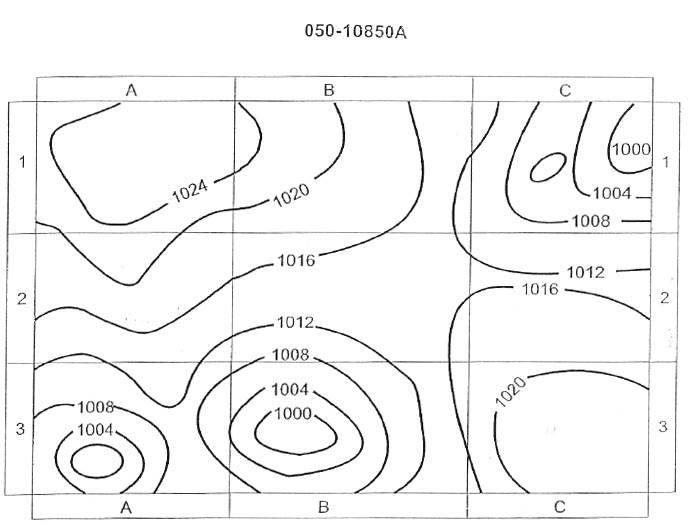
Question 201-30 : What is correct regarding the sensitive and critical areas of an ils installation ?
The critical area is an area where vehicles including aircraft are prohibited during all ils operations whereas the sensitive area is an area where movement and parking of vehicles including aircraft is controlled during all ils operations
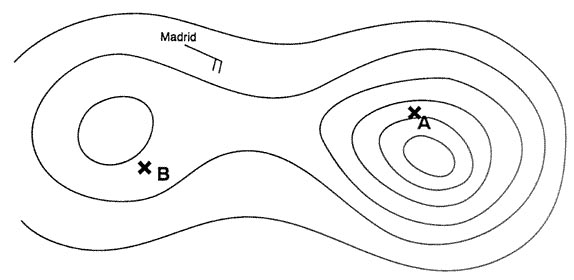
Question 201-31 : What is the function of a marker beacon on an ils approach ?
It indicates aircraft's horizontal position during the approach
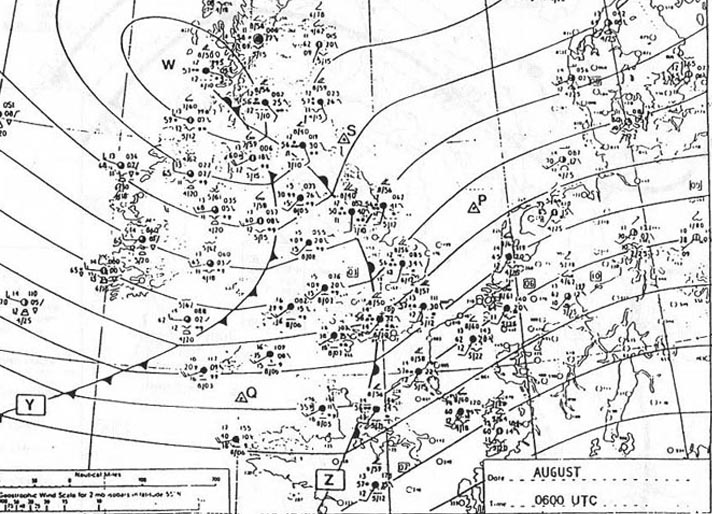
Question 201-32 : Determine the distance which will be shown on a dme display when the aircraft is at fl 240 and 4 nm plan range from the dme station . . for the calculation use the following assumptions/approximations . qnh is 1013 hpa . pressure altitude is true altitude . result to the nearest whole nautical mile ?
Question 201-33 : What does the information displayed to pilots when using a microwave landing system include ?
2d presentation of a 3d segmented approach
Question 201-34 : The pilot is plotting the aircraft position using a vor and a dme the dme is 500 meters away from the vor the position fix formed will be a straight vor position line crossing a dme position line which itself is a ?
Circle centered on the dme
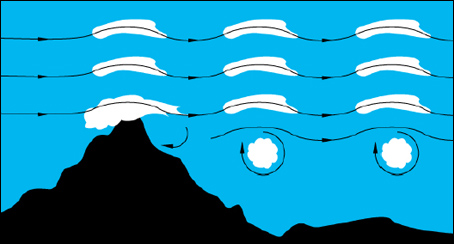
Question 201-35 : A tuned ils can be identified through a morse code which is ?
Made audible via the audio control panel in nav
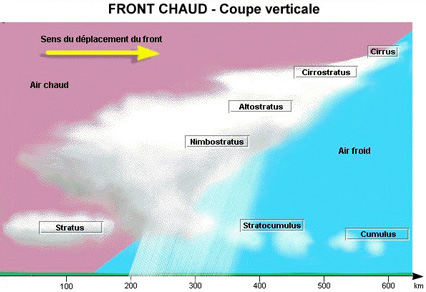
Question 201-36 : Determine the true bearing from the ndb to the aircraft given compass heading 241° . adf indication needle head 162° . deviation +3° . variation 13°e ?
239° t
Question 201-37 : What can be obtained on the nav receiver by selecting one vhf frequency in the range of 108 to 112 mhz ?
Rho theta information from a terminal vor/dme can be obtained
Question 201-38 : What is the difference of cat ii and cat iii ?
Only cat iii allows no dh/a
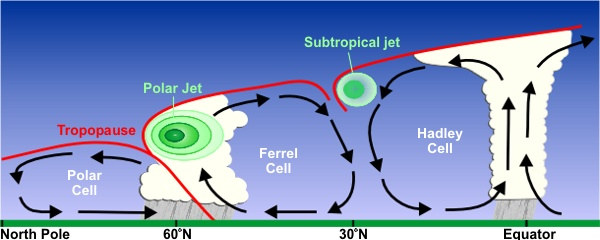
Question 201-39 : What is true about ils marker beacons ?
They are used to check the horizontal distance from the runway
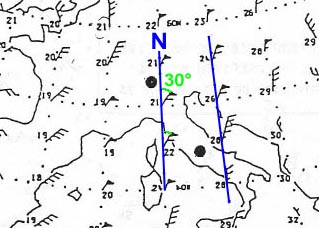
Question 201-40 : Ils marker beacons send out a morse code for identification purposes where can you retrieve the morse code ?
The audio control panel in nav
~
Exclusive rights reserved. Reproduction prohibited under penalty of prosecution.
7999 Free Training Exam

